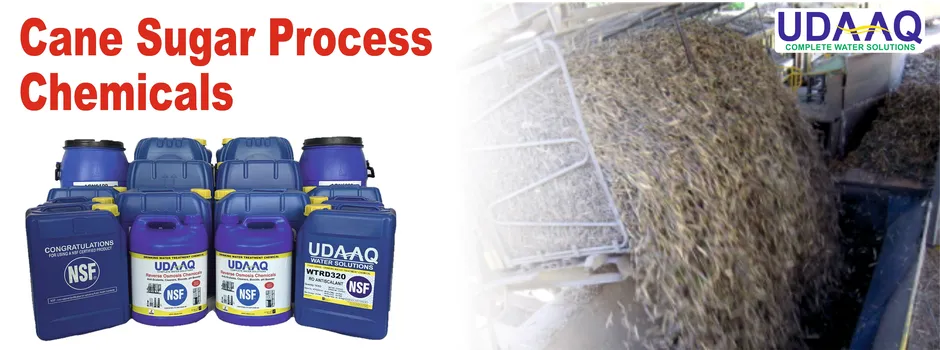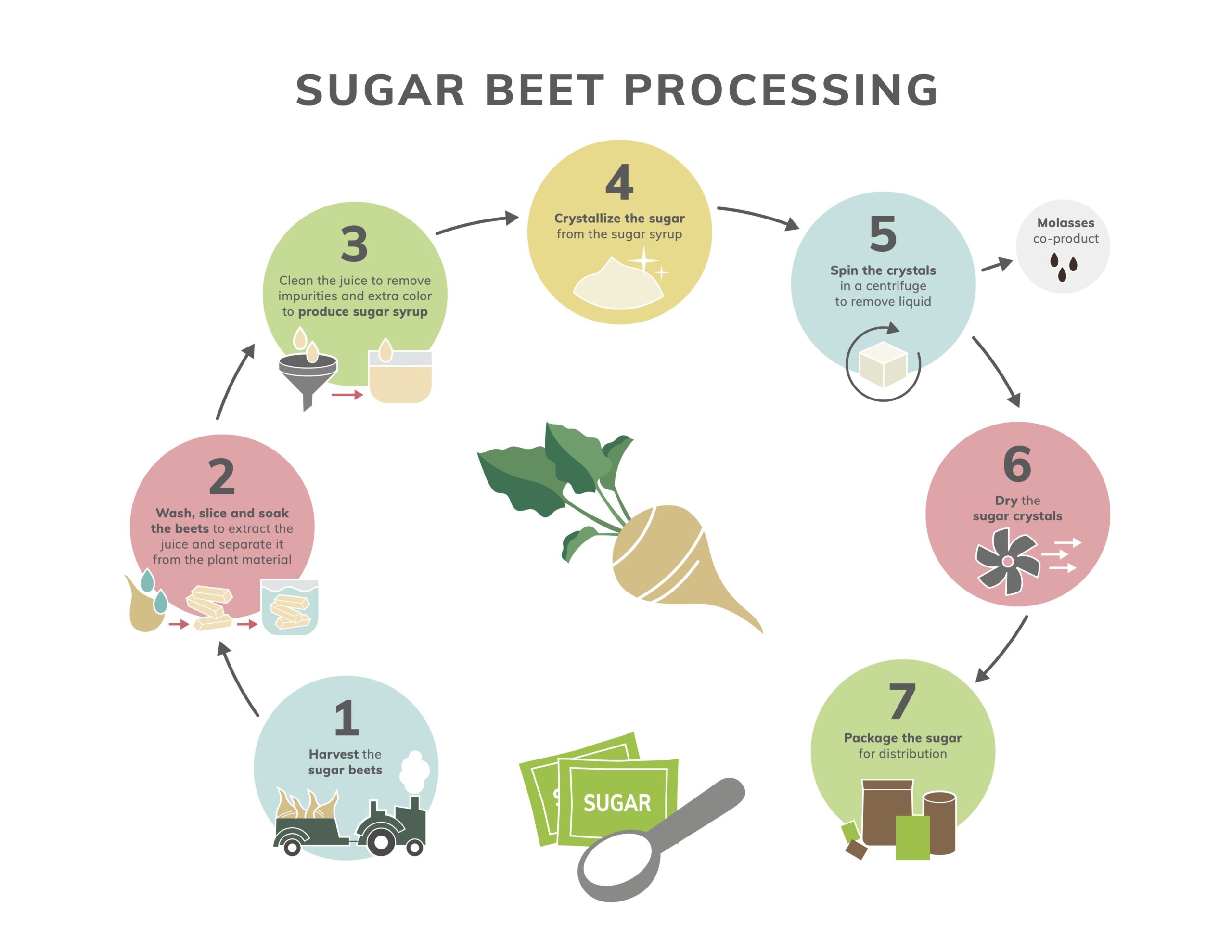Maximizar Rendimientos Y Minimizar Costos: Estrategias Avanzadas Para La Optimización Química Del Procesamiento De Azúcar De Caña
In the world of walking stick sugar handling, the search of making best use of returns while simultaneously decreasing prices stands as an awesome obstacle that needs a calculated blend of advanced chemical optimization techniques. Amidst this detailed internet of methods exists the guarantee of unlocking untapped potential and revolutionizing the very significance of sugar manufacturing.
Chemical Analysis for Efficiency
Chemical analysis plays a pivotal duty in boosting the performance of sugar walking cane processing by providing crucial understandings right into the structure and buildings of the raw products. By conducting in-depth chemical analyses on sugar cane examples, cpus can determine the specific concentrations of sucrose, glucose, fructose, and various other elements present in the raw product. This details is vital for enhancing the different phases of the sugar walking cane handling chain, from milling to formation.
In addition, chemical analysis makes it possible for processors to recognize pollutants such as natural acids, healthy proteins, and minerals that can impact the quality and return of the final sugar item. By quantifying these contaminations, processors can apply targeted techniques to get rid of or reduce their results, eventually boosting the overall performance of the processing plant.
Furthermore, chemical evaluation facilitates the tracking of process specifications such as pH, temperature level, and viscosity, enabling cpus to make real-time adjustments to make sure optimum conditions for sugar extraction and condensation. On the whole, an extensive understanding of the chemical make-up of sugar cane is vital for maximizing yields, reducing prices, and keeping high item quality in the sugar production sector.

Enzyme Utilization for Enhanced Yields
With a critical method to enzyme application, sugar cane cpus can dramatically boost their returns while maintaining operational performance in the manufacturing process. Enzymes play a critical role in sugar cane handling by damaging down intricate carbohydrates into easier sugars, hence increasing the overall sugar extraction effectiveness. By including particular enzymes tailored to target the different elements of sugar walking cane, such as cellulose and hemicellulose, cpus can improve the release of sugars during extraction.
Enzyme use supplies the benefit of optimizing sugar returns from the raw material while lessening the energy and sources needed for handling. This results in a more sustainable and economical manufacturing procedure. Furthermore, enzymes can help in lowering handling time and boosting the total top quality of the sugar item. Via mindful option and application of enzymes, sugar walking cane cpus can enhance their procedures to accomplish higher yields and profitability.
Ph Control for Ideal Handling
Enzyme use for increased yields in sugar walking stick handling lays the structure for attending to the vital facet of pH control for optimal handling performance. Keeping the proper pH degree throughout different phases of sugar walking stick handling is crucial for maximizing returns and decreasing prices. pH control is specifically essential during the removal and information procedures. In the extraction stage, maintaining the proper pH assists in attaining effective sucrose removal from the cane. Controlling the pH during information help in the rainfall of pollutants and non-sucrose parts, causing a purer last item. Moreover, pH affects the task of enzymes associated with the break down of macromolecules, impacting the general effectiveness of the procedure. By very carefully keeping track of and changing the pH degrees at various processing actions, sugar cane processors can boost sugar recovery rates, minimize chemical use, and optimize the general manufacturing process. Efficient pH control not just improves the high quality of the last item yet also adds to lasting and cost-effective sugar walking stick processing operations.
Advanced Purification Methods
Carrying out innovative purification strategies in sugar cane handling boosts the performance and pureness of the final product with refined splitting up approaches. By integrating innovative purification modern technologies, such as membrane filtering and turned on carbon filtration, sugar walking cane processing plants can achieve higher levels of sugar recuperation and enhanced high quality control.

Triggered carbon filtration is another innovative method that aids in the elimination of colorants, off-flavors, and recurring impurities from sugar cane items. By using activated carbon's adsorption residential properties, this filtering technique enhances the quality and taste of the sugar, meeting the high criteria demanded by customers and market policies.
Energy-Efficient Purification Approaches
Energy-efficient distillation techniques are important for maximizing the sugar cane processing sector's energy usage while maintaining top notch product criteria. Traditional purification processes can be energy-intensive, bring about higher production expenses and ecological impacts (Cane Sugar Processing Chemicals). Carrying out energy-efficient purification methods, such as vacuum purification or molecular distillation, can dramatically decrease power needs next while improving general procedure efficiency
Vacuum distillation includes decreasing the pressure within the purification system, which reduces the boiling factor of the liquid blend being refined. This reduction in boiling point reduces the energy needed for vaporization, causing energy financial savings compared to traditional distillation techniques.
On the other hand, molecular purification makes use of brief course purification methods under high vacuum conditions to different substances based on their molecular weight. This method is particularly effective for heat-sensitive materials, as it runs at reduced temperatures, decreasing power usage and protecting item top quality.
Conclusion
